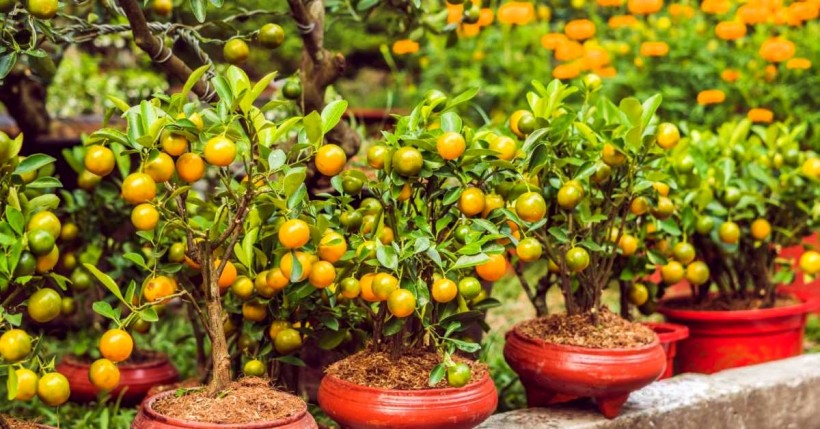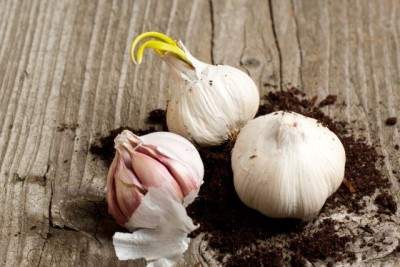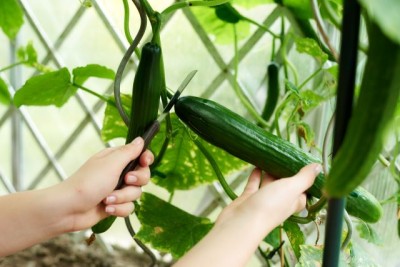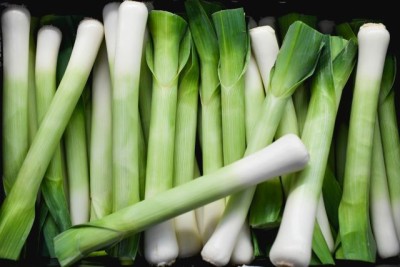How To Plant A Tangerine Seed
Warning: Undefined variable $post in /home/dietofli/public_html/wp-content/plugins/code-snippets/php/snippet-ops.php(584) : eval()'d code on line 3
Warning: Attempt to read property "ID" on null in /home/dietofli/public_html/wp-content/plugins/code-snippets/php/snippet-ops.php(584) : eval()'d code on line 3
The estimated reading time is 5 minutes
Warning: Undefined variable $post in /home/dietofli/public_html/wp-content/plugins/oxygen/component-framework/components/classes/code-block.class.php(115) : eval()'d code on line 3
Warning: Attempt to read property "ID" on null in /home/dietofli/public_html/wp-content/plugins/oxygen/component-framework/components/classes/code-block.class.php(115) : eval()'d code on line 3

The tangerine, also known as mandarin orange or satsuma, is a variety of mandarin orange (Citrus reticulate). It produces small and juicy citrus fruit that is easy to peel.
Tangerines can be planted in containers, pots, or directly into the ground. They’re commonly grown using grafting, but they can be planted from fresh seeds as well. If tangerine seeds are planted properly, provided with good soil, and exposed to adequate sunlight, they’ll germinate reliably. However, the tree may not bear fruit or look like the parent tree.
In what follows, we’ve presented 4 steps for planting and caring for a tangerine seed properly.
1. Select Seeds
To grow a tangerine from seed, you’ll need to collect tangerine seeds when the fruit is in season and ripe since they grow best when they’re fresh. It’s best to do this in late winter or early spring.
Before sowing the tangerine seeds, make sure you thoroughly clean them by rinsing them in cool water so that they don’t have any sugary residue left on them. Once you do this, sow the seeds right away to prevent them from drying out. If you can’t sow the seeds immediately, put them between two sheets of paper towel and let them dry overnight. Then, put the seeds in a bag of moistened peat moss and put it in the refrigerator.
Also, make sure that you don’t use any shrivelled or discoloured seeds as they have a lower likelihood of germinating. Use only healthy, pale seeds.
2. Plant The Seeds
A high-quality medium and a sterile, draining pot or clay are essential when planting tangerine seeds. Make a solution by adding one part bleach to nine parts water and soak a draining pot in it for five minutes. Then, rinse the pot well and dry it with a clean cloth. Then, put moistened coir or milled peat in the pot. However, if you choose to use peat, make sure you soak it in water before you add it to the pot. Then sow only one seed at a depth of 0.6 centimetres.
3. Properly Care For The Seed
Light, moisture, and warmth are all important factors you need to take into consideration to encourage proper seed germination. First of all, you need to keep the medium lightly moist constantly. But, make sure you don’t let it become soggy.
Don’t wait for the surface of the medium to get completely dry before watering it. Instead, water the seed whenever the top of the medium feels nearly dry to the touch and water it until the water begins trickling from the bottom of the pot.
The temperature should be above 21 degrees Celsius for tangerine seeds to germinate. Therefore, it is best to place the pot in a sunny place or near a south-facing window. Some tangerine seeds can germinate in 2 months, and others can start growing in only 2 weeks.
4. Transplant The Seed
Once the tangerine seed sprouts, you’ll need to transplant it into a different pot. So, take a draining, 13-centimetre pot and fill it with acidic potting soil. Ensure that the soil has been specially formulated for citrus fruits.
Place the pot in a spot where it’ll be exposed to sunlight and keep the soil moist.
When temperatures rise above 18 degrees Celsius in spring, you can move the pot outdoors to a sheltered spot and let it adapt to direct sunlight for a couple of weeks.
If you live in a cooler area, it’s best to plant the tangerine tree in a pot rather than into the ground so that you can bring it indoors when the weather gets cold.
Things To Consider
Tangerine fruit that you can find in grocery stores usually come from trees of the particular cultivar. These cultivars are grown by using grafting to reproduce their beneficial characteristics and prevent genetic mutations.
The chances are small that a tangerine tree grown from seeds from tangerines bought from grocery stores will bear fruit that will be of equal quality. However, the tree will still have the same vivid, fragrant flowers, beautiful leaves, and tidy growth habits, so it’ll still serve as a nice décor to your home.
Conclusion
The tangerine is a variety of mandarin orange (Citrus reticulate). It’s also known as mandarin orange or satsuma.
Tangerines can be grown in containers, draining pots, or into the ground.
Tangerines can be grown from seed or by using grafting.
To grow a tangerine tree from seed, you need to follow the following steps:
- Select fresh and healthy tangerine seeds.
- Clean the seeds thoroughly in cool water and sow them right away.
- Tangerine seeds should be planted in a sterile pot filled with moistened coir or milled peat.
- Sow one seed in the medium at a depth of 0.6 centimetres.
- Keep the medium lightly moist constantly, but don’t allow it too
- become soggy.
- Water the tangerine seed whenever the top of the medium feels almost
- For a tangerine seed to grow, temperatures should be above 21 degrees
- Celsius, which is why it’s best to keep the pot in a sunny place.
- Once the tangerine seed sprouts, it needs to be transplanted into a different pot. The pot needs to have good drainage and you should fill it with acidic potting soil. Ensure that the soil has been particularly formulated for citrus fruits.
- Keep the pot in a place exposed to sunlight and the soil moist.
- When temperatures increase in spring, you can move the pot outdoors to a sheltered spot.














